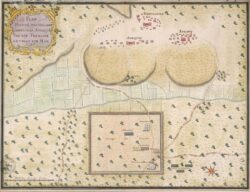Foodways
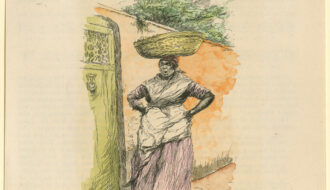
Calas
Fried rice cakes known as calas were once ubiquitous among New Orleans street vendors.

Fried rice cakes known as calas were once ubiquitous among New Orleans street vendors.

A lawsuit filed by a man against his employer resulted in a ruling establishing Cajuns as a federally recognized ethnic group.
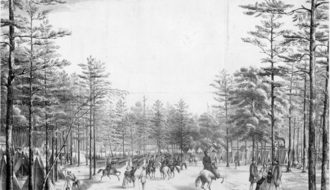
Camp Moore in Louisiana served as the training location for more than 20,000 Confederate soldiers during the Civil War.
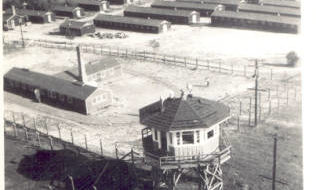
Camp Ruston was one of five large internment facilities established in Louisiana to house captured Axis soldiers transported to the United States during World War II.
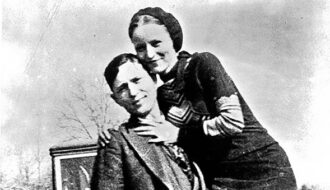
On May 23, 1934, fugitives Clyde Barrow and Bonnie Parker were captured by law enforcement officers in Bienville Parish.
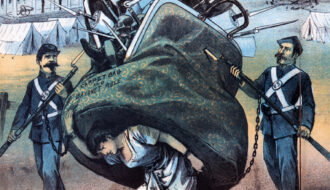
“Carpetbagger” and “scalawag” were derogatory terms used to deride white Republicans from the North or southern-born radicals during Reconstruction.
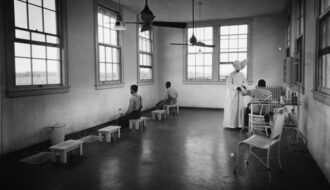
Several buildings at the National Leprosarium at Carville, Louisiana, were built by the Works Progress Administration.
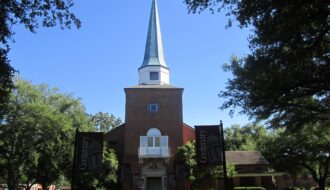
Centenary College of Louisiana is an undergraduate liberal arts college in Shreveport and the oldest continuously operated private college in the western half of the United States.
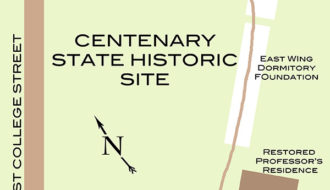
The Centenary State Historic Site was added to the National Register of Historic Places in 1979.
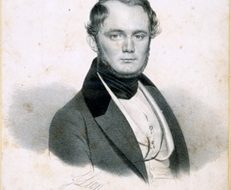
New Orleans native Charles Gayarré wrote the first complete history of Louisiana: a four-volume series entitled Louisiana History (1866).
Charles Aubry was the last French governor of Louisiana before it reverted to Spanish control.

The Chickasaw Wars were a series of proxy wars between the Chickasaws and their British allies in South Carolina and Georgia against French Louisiana and its Native allies, principally from among the Choctaws.
One-Year Subscription (4 issues) : $25.00
Two-Year Subscription (8 issues) : $40.00
